Industry players said these guidelines could help more companies enter the market to provide services, like drone deliveries for food and medicine.
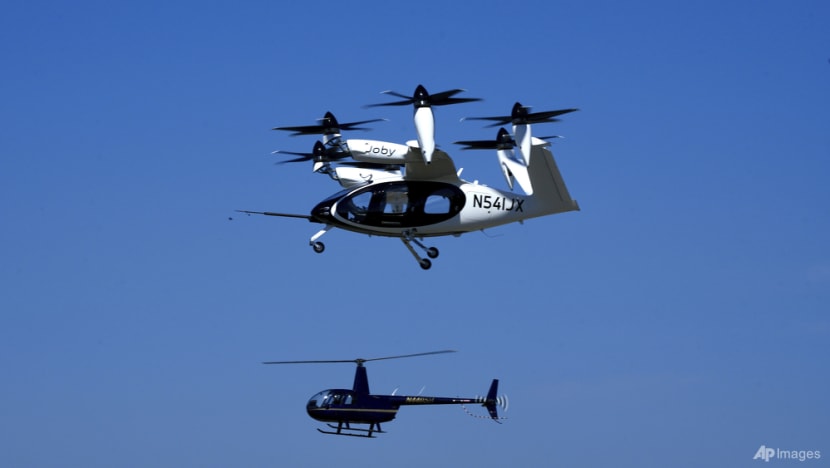 An electric vertical take-off and landing aircraft built by Joby Aviation flies over an airfield with a helicopter flying nearby in California on Oct 7, 2024. (AP Photo/Terry Chea)
An electric vertical take-off and landing aircraft built by Joby Aviation flies over an airfield with a helicopter flying nearby in California on Oct 7, 2024. (AP Photo/Terry Chea)
New: You can now listen to articles.

This audio is generated by an AI tool.
SINGAPORE: A set of guidelines is in the works for flying taxis and drones in Asia, which industry players say marks a major milestone for the wider use of such technology.
It could also help more firms to enter the market and provide services like drone deliveries for food and medicine, they added.
Singapore is currently leading the move to develop these guidelines for civil aviation authorities in the region, which will cover electric vertical take-off and landing (eVTOL) aircraft – better known as air taxis – as well as unmanned aircraft systems, or drones.
On Wednesday (Apr 2), the Civil Aviation Authority of Singapore (CAAS) issued a call for feedback on the guidelines from industry players until Apr 23.
CAAS worked with 23 other regulators in the Asia Pacific – including Malaysia, the Philippines, Thailand and China – to come up with these reference materials for regulators.
The materials will be published in July before being submitted to the International Civil Aviation Organization in September.
“They help regulators ensure public and aviation safety and security while supporting the development of new technology that has tremendous potential to transform the way we live, move and work,” said CAAS director-general Han Kok Juan.
“For investors and companies, they help provide greater regulatory clarity and regulatory alignment across varied jurisdictions, and this will help reduce uncertainty and regulatory cost.”
REGULATORY CHALLENGES ABOUND
The global eVTOL aircraft industry remains a lucrative one – it was worth S$6 billion (US$4.47 billion) last year and could be worth five times as much in 2030.
Industry players told CNA that having a guide will help the sector grow even further.
Mr Derek Cheng, head of commercial in the APAC region at Vertical Aerospace, said companies currently face several regulatory challenges in terms of certification, operations, airspace integration and infrastructure.
For example, firms and regulators have to consider how to accommodate flying taxis in existing air traffic management systems.
Mr Cheng said the reference materials that have been developed will allow companies like his to better approach regulators in the region to enter their respective markets.
“In a way, this helps to bridge alignment for the future commercialisation and scaling of advanced air mobility,” he added.
“Beyond a regulatory framework, it also allows a forum for APAC regulators to gather to discuss these safety objectives, as well as the new operating standards of these new aircraft.”
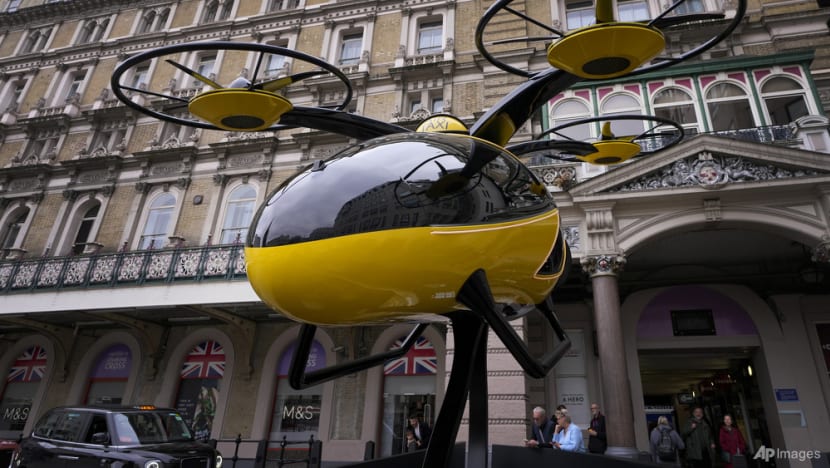 A prototype of a flying taxi, which is currently in development in the United Arab Emirates (UAE), is unveiled in the taxi rank outside Charing Cross railway station in London, Wednesday, Oct. 9, 2024. (AP Photo/Kirsty Wigglesworth)
A prototype of a flying taxi, which is currently in development in the United Arab Emirates (UAE), is unveiled in the taxi rank outside Charing Cross railway station in London, Wednesday, Oct. 9, 2024. (AP Photo/Kirsty Wigglesworth)
Mr Cheng described the development of these materials as timely, given that most eVTOL firms are looking to achieve type certification around 2027 or 2028.
"We believe that … we will be able to unlock new use cases and enhance regional connectivity in the region. This means looking at use cases like cross-border operations, airport-to-city shuttles, as well as unlocking new routes in the sky for EVTOLs to be able to fly,” he said.
The company, which is based in England, has pre-sold 1,500 flying taxis to airlines, helicopter operators, aviation businesses and mobility companies from around the world, said Mr Cheng.
MAKING THE MOST OF CURRENT TECH
The new guidelines are also set to allow firms to make the most of existing technology.
In Singapore, for instance, drones can only be flown as far as their operators can see them, which means they cannot be flown behind a tree or building. The guide is expected to expand the range from hundreds of metres to kilometres.
Garuda Robotics CEO Mark Yong said such a change would let their drones do more, like parcel delivery.
The Singapore-based company manufactures and operates autonomous drone systems in industries like agriculture.
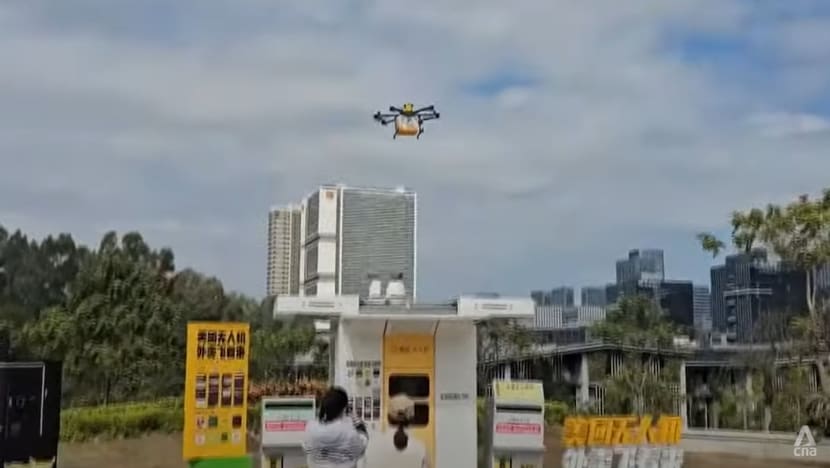 A drone delivering food in a park in Shenzhen, China.
A drone delivering food in a park in Shenzhen, China.
“We don't have to spend time as industry players debating about how to structure a particular document or template. Instead, we can focus on the work of complying with what we know the rules that are coming out,” Mr Yong added.
“For businesses like us, certainty is king – being able to know that we don't have to go into a new jurisdiction and argue and fight with the regulators about what we consider to be fundamentally agreed upon operational capabilities. I think that's a huge (win).”
He noted that regulators around the world have been “grappling” with the “very new sector of aviation”, with change coming “very slowly and painfully”.
“We definitely expect that each regulator will have to put in their own customisations, because the airspace picture in Singapore versus Thailand versus Malaysia … are going to be unique and different,” he added.
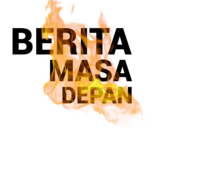


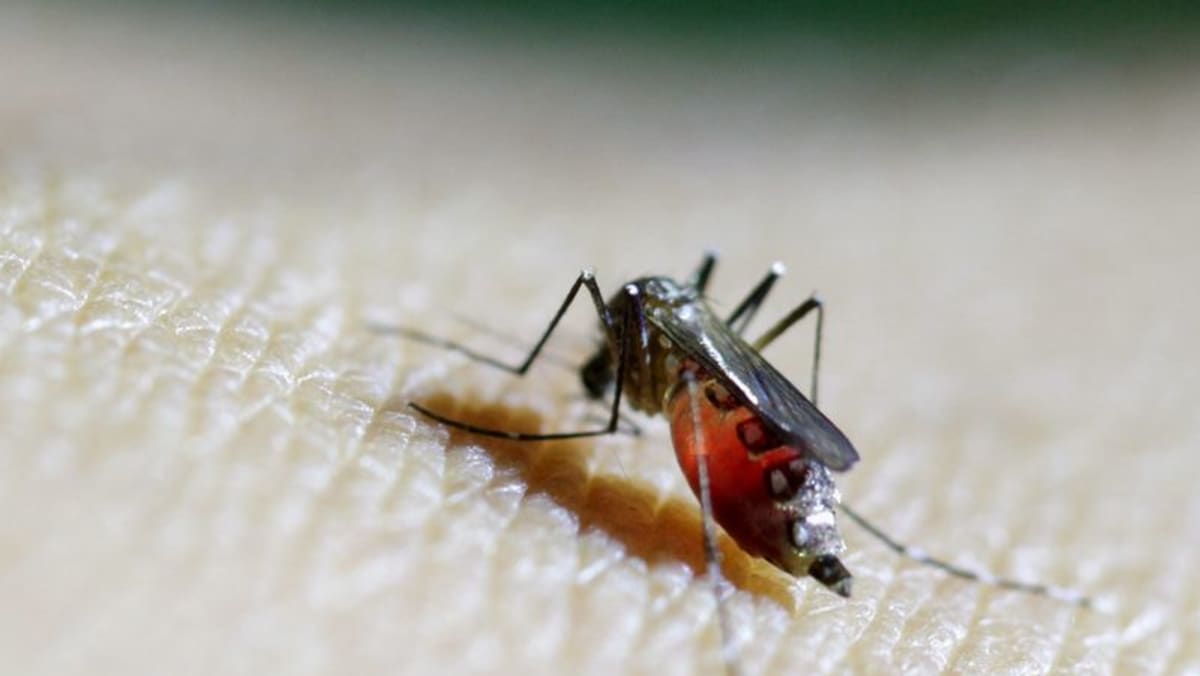



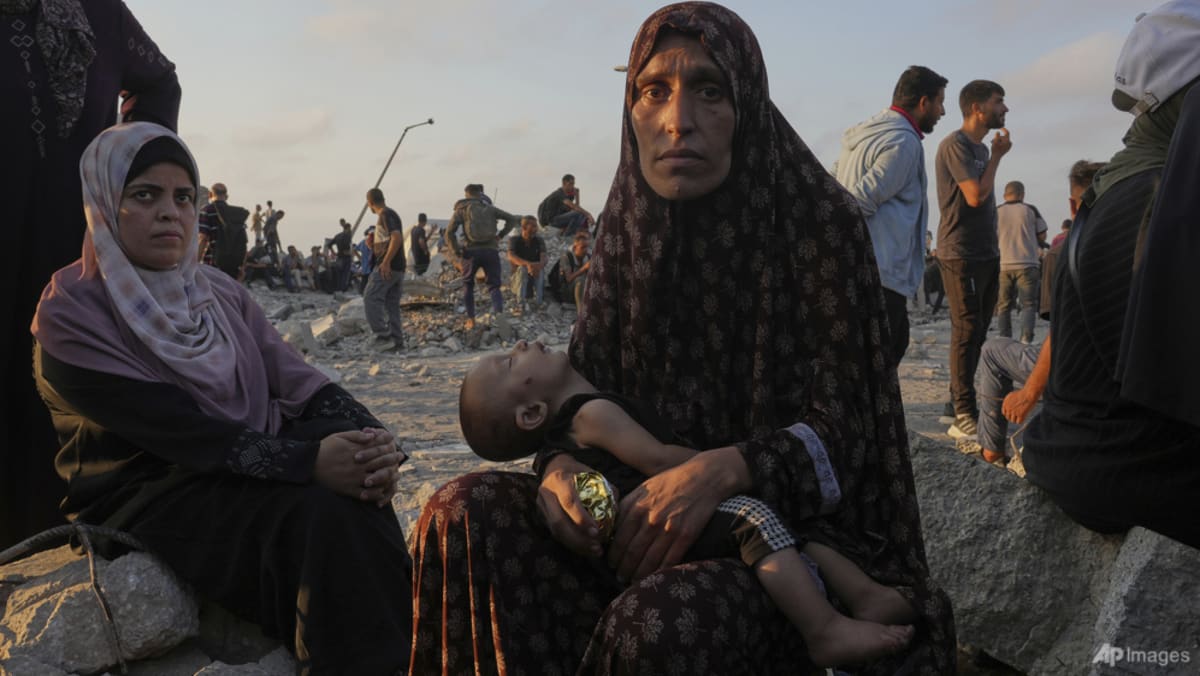
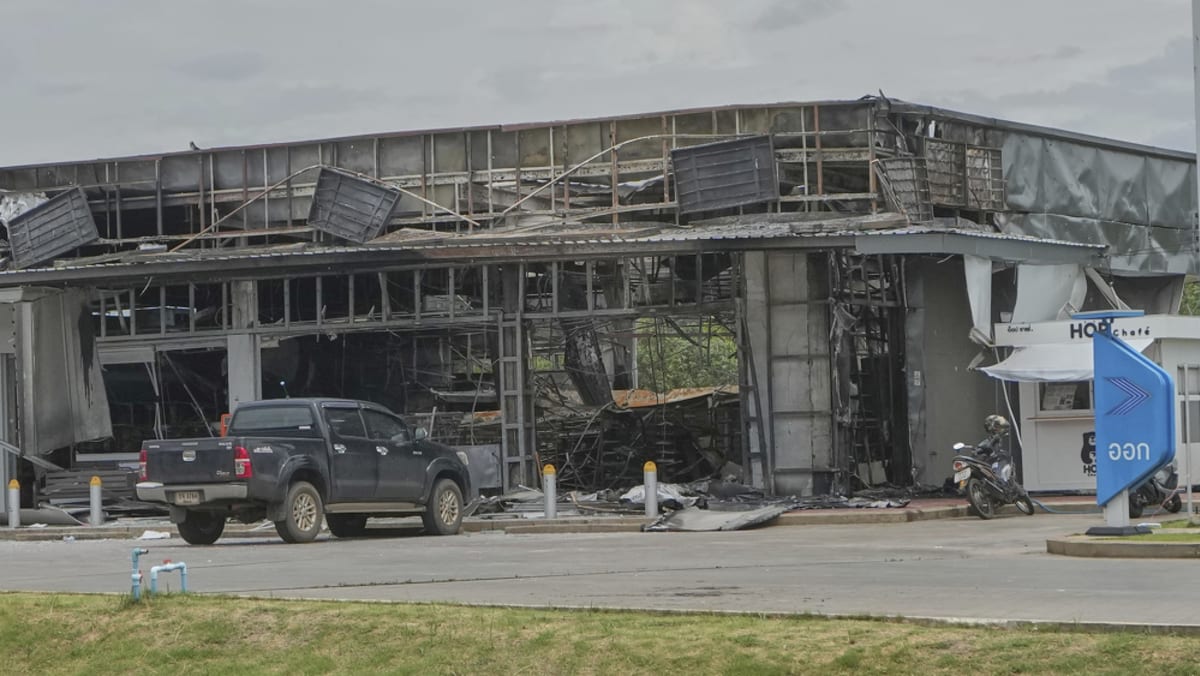


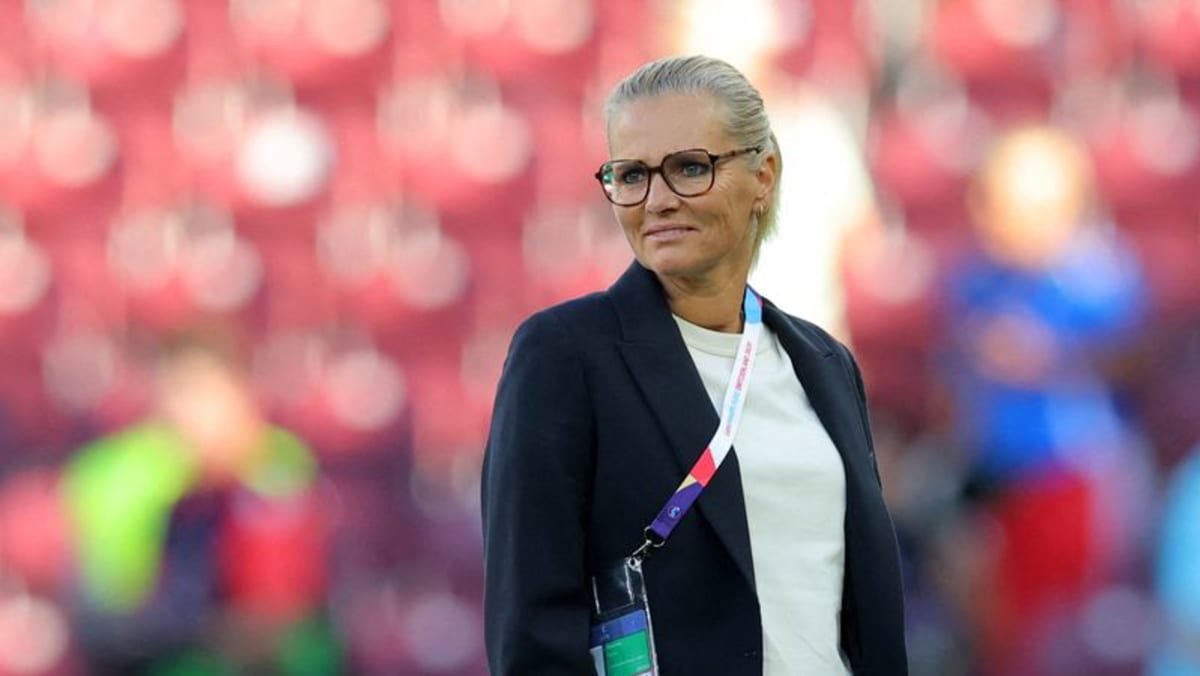
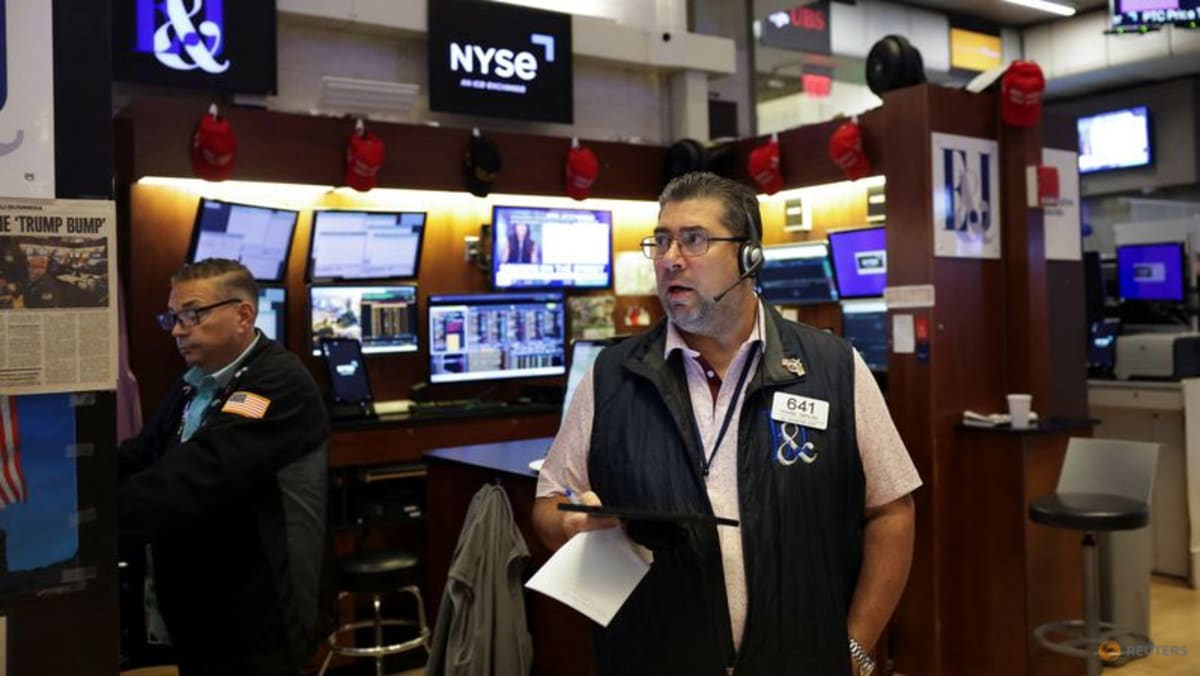


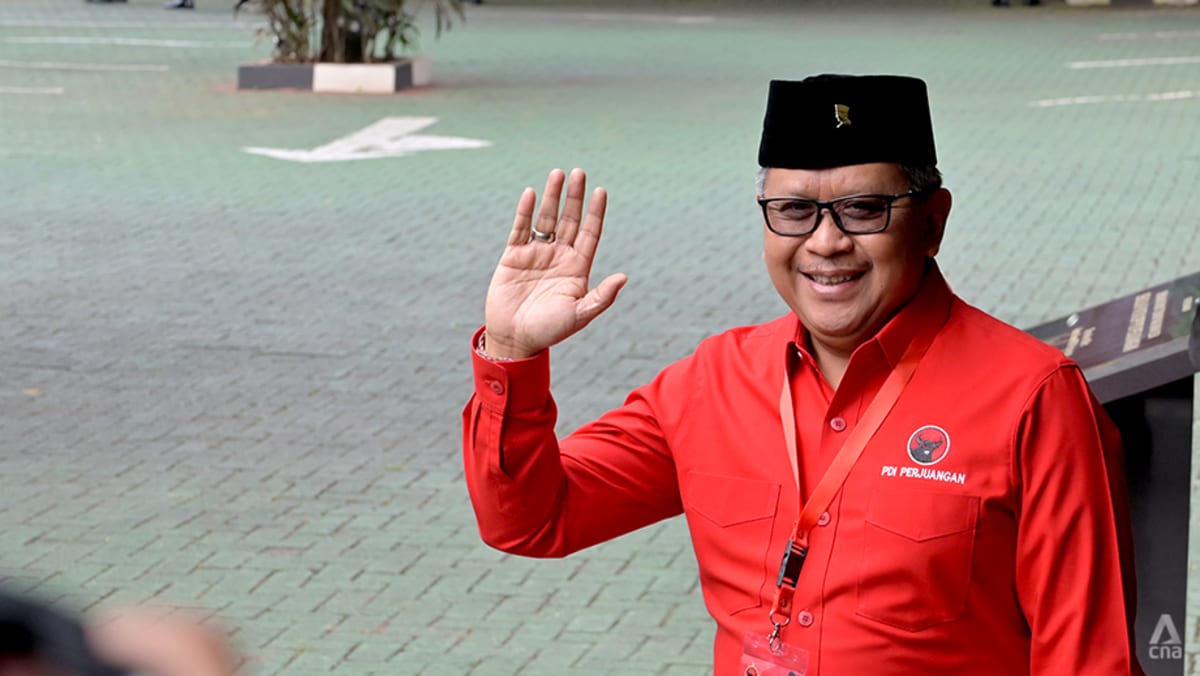
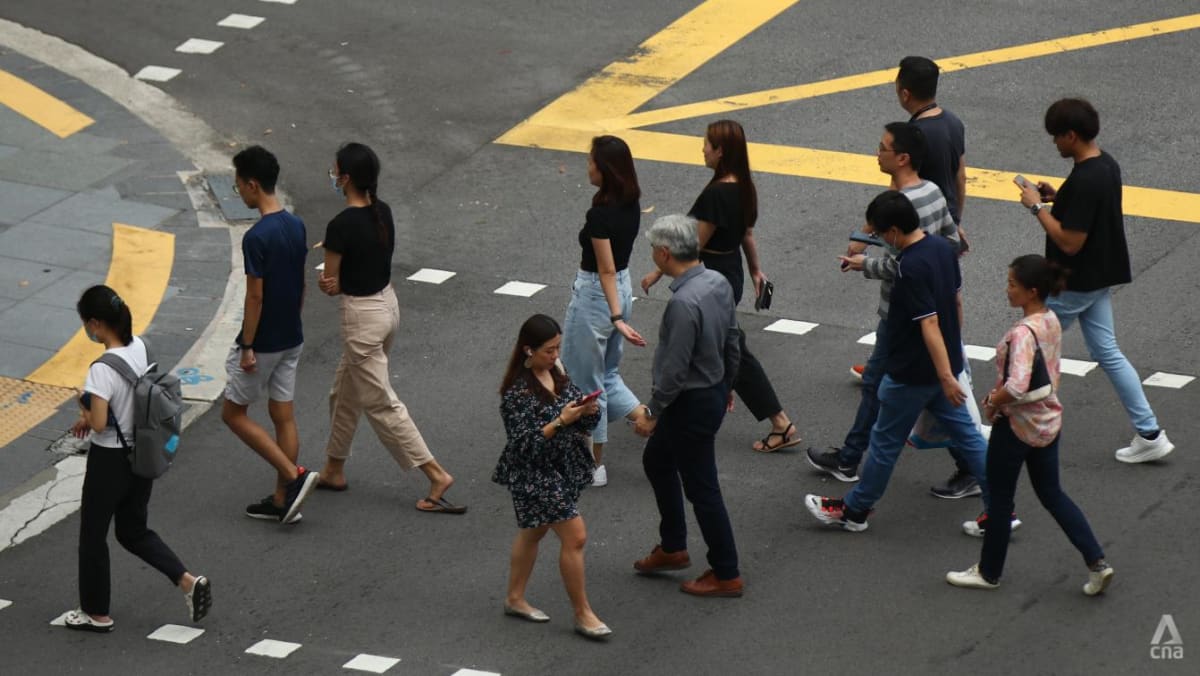
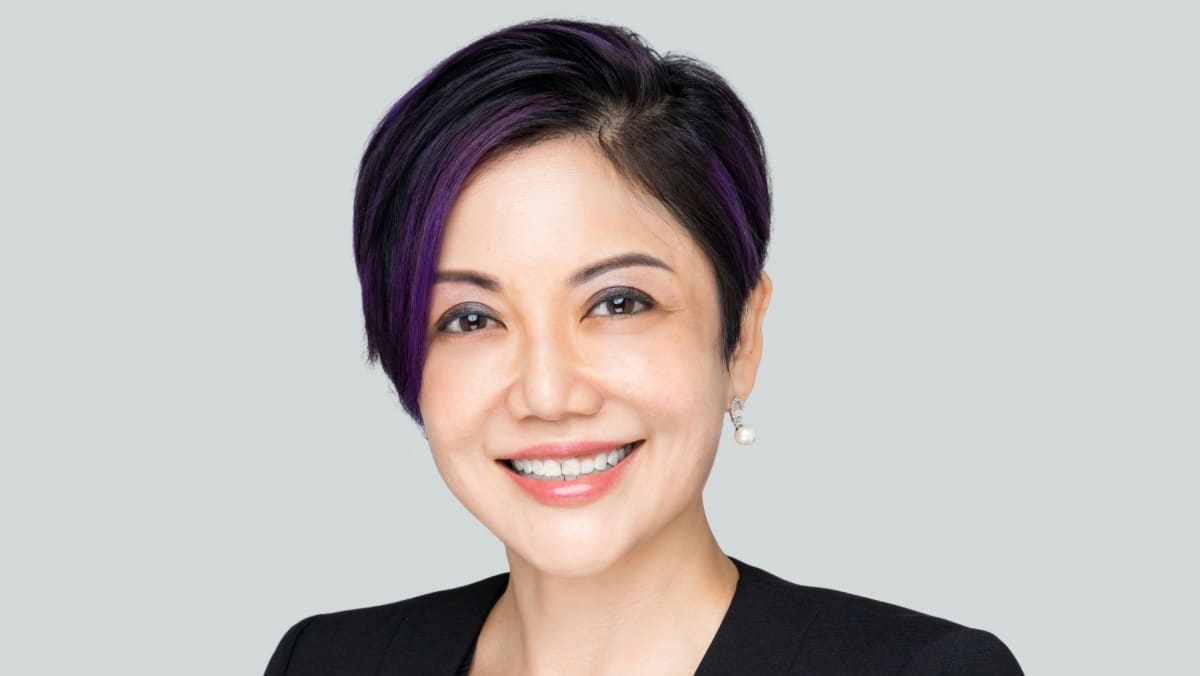
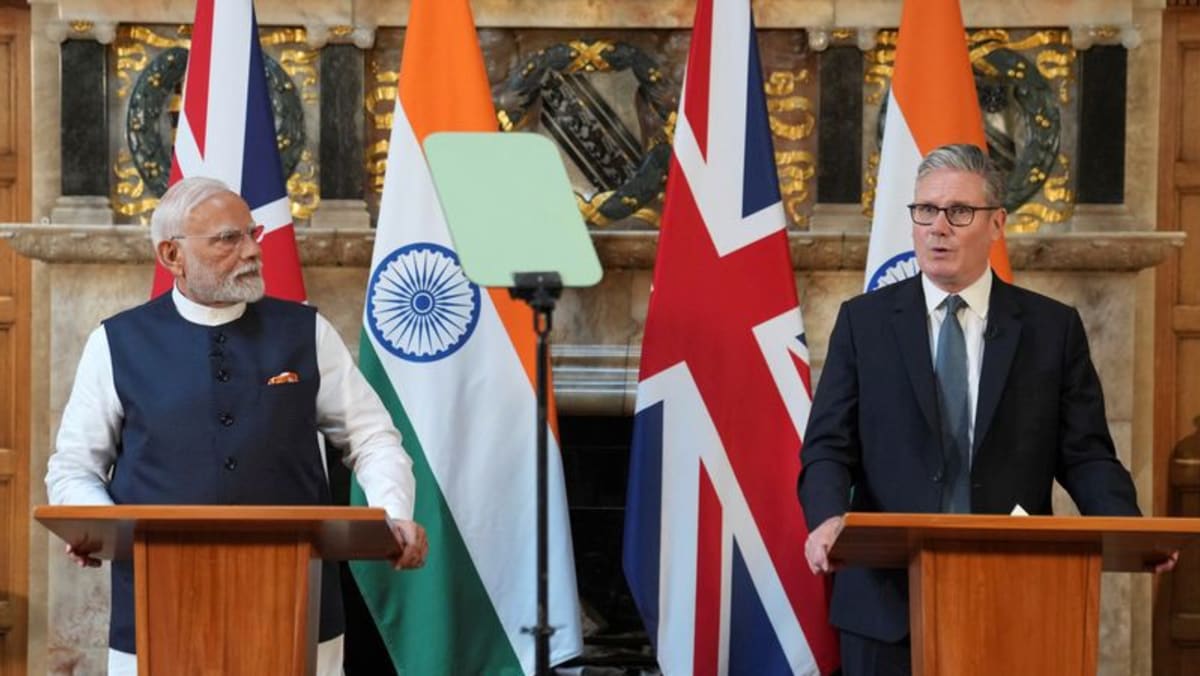
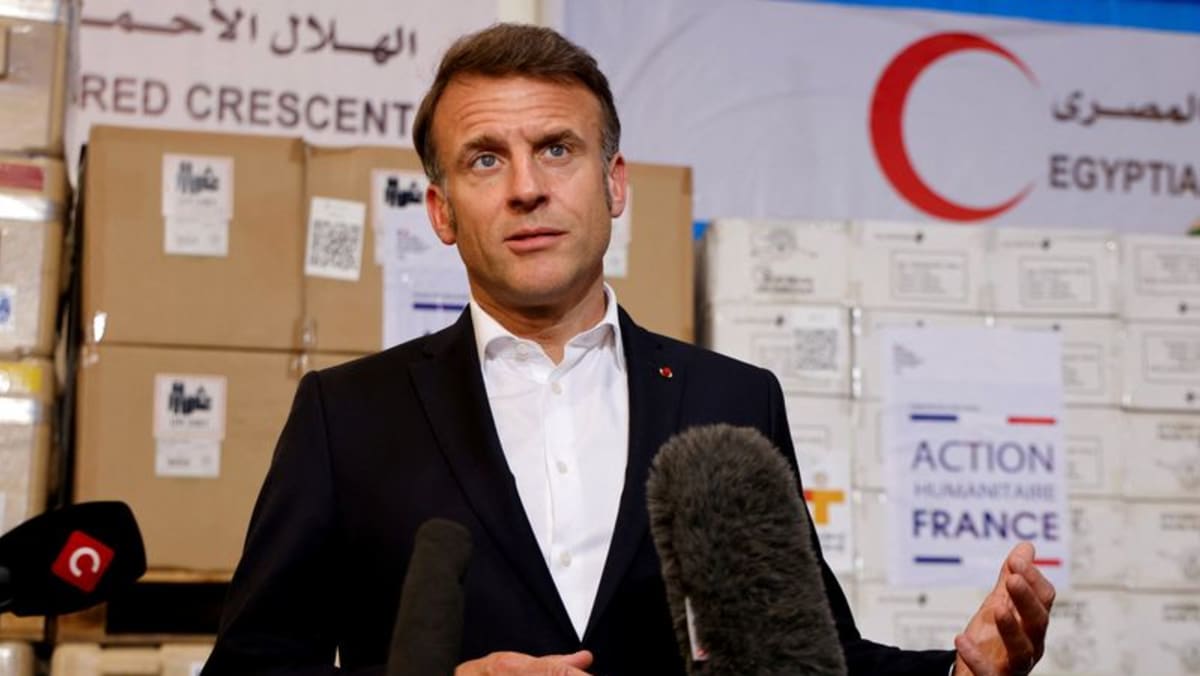


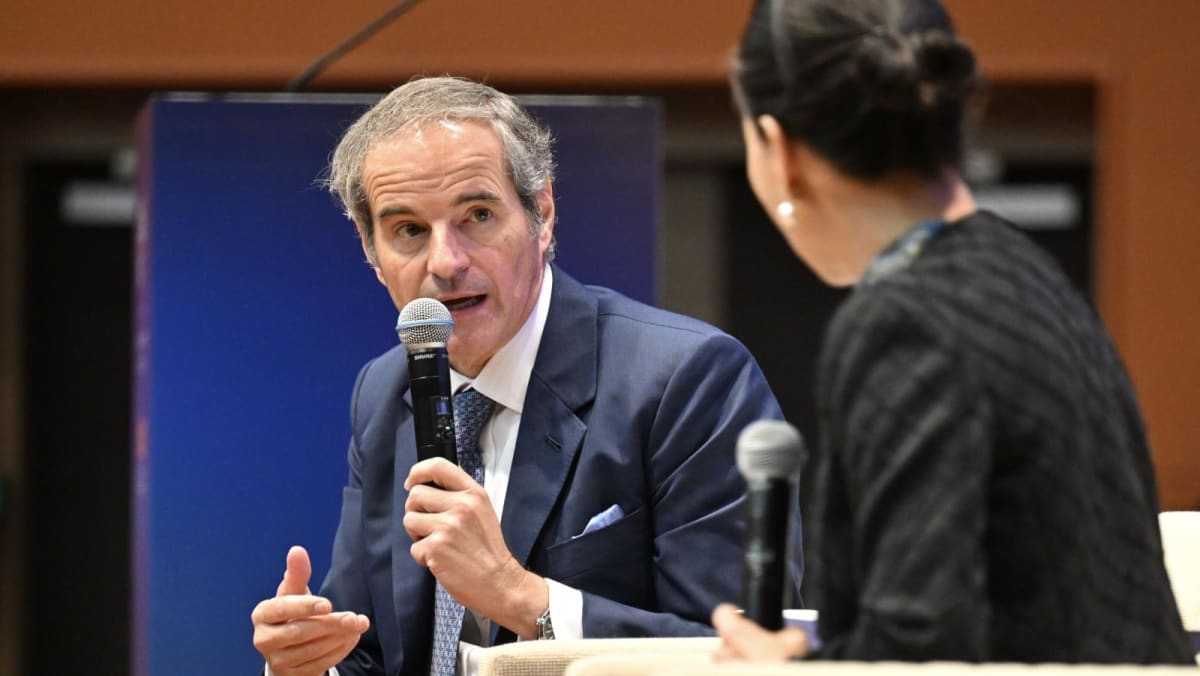










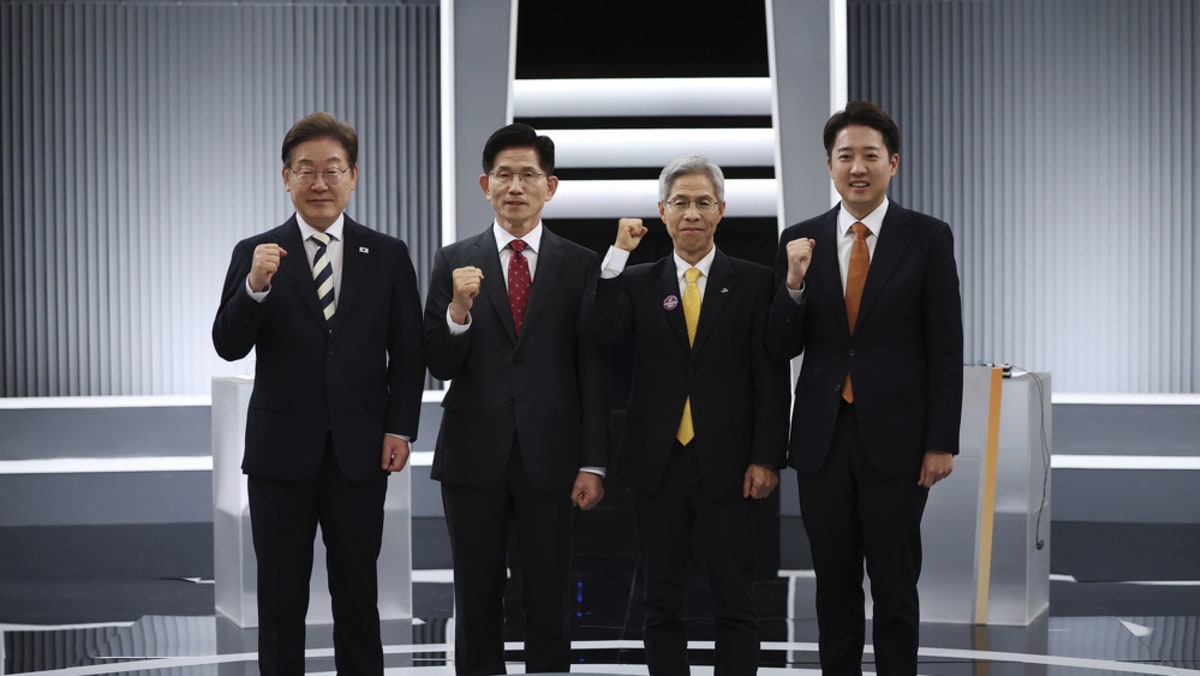
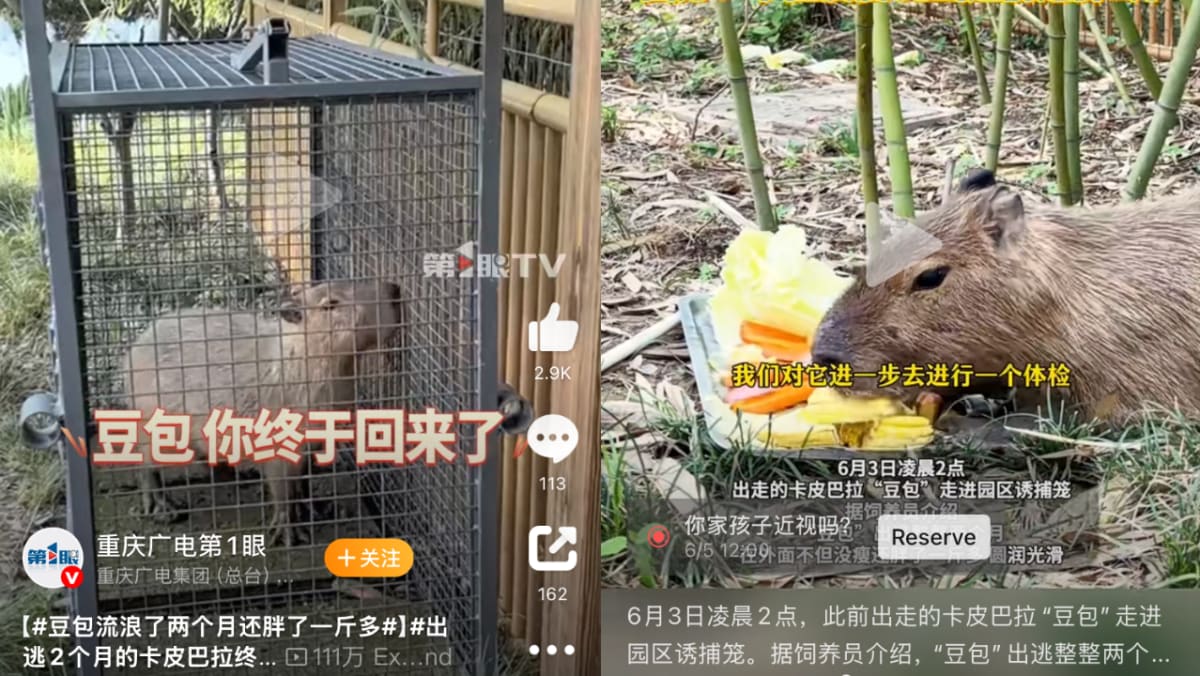
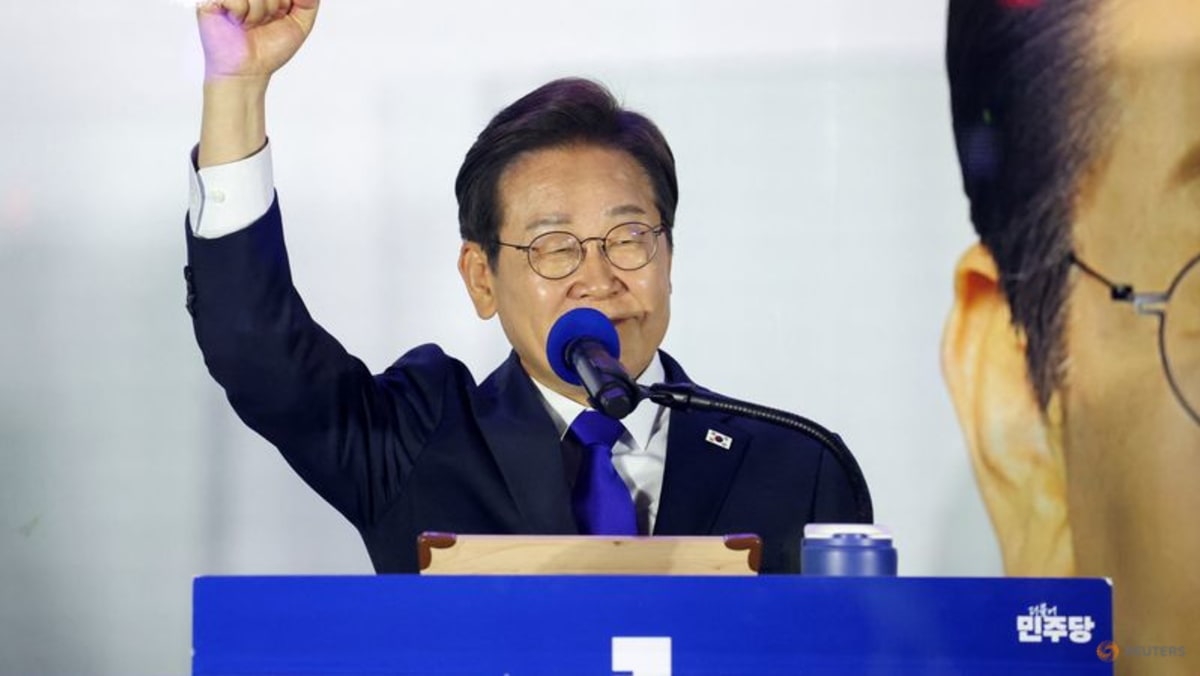
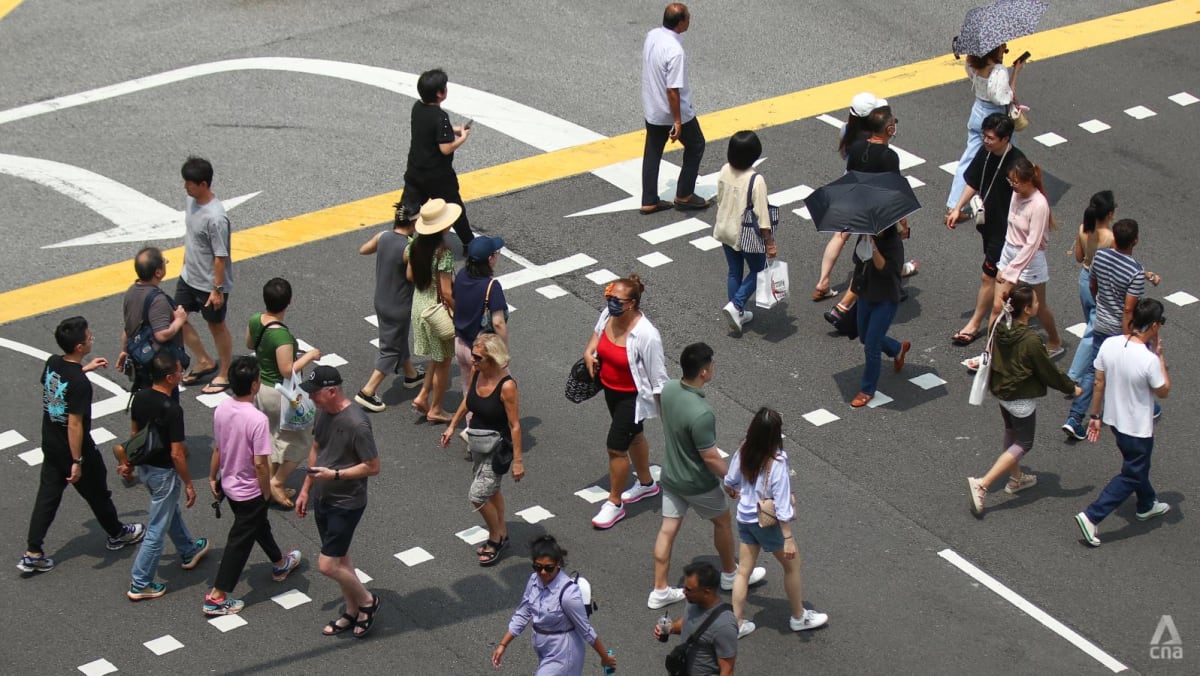

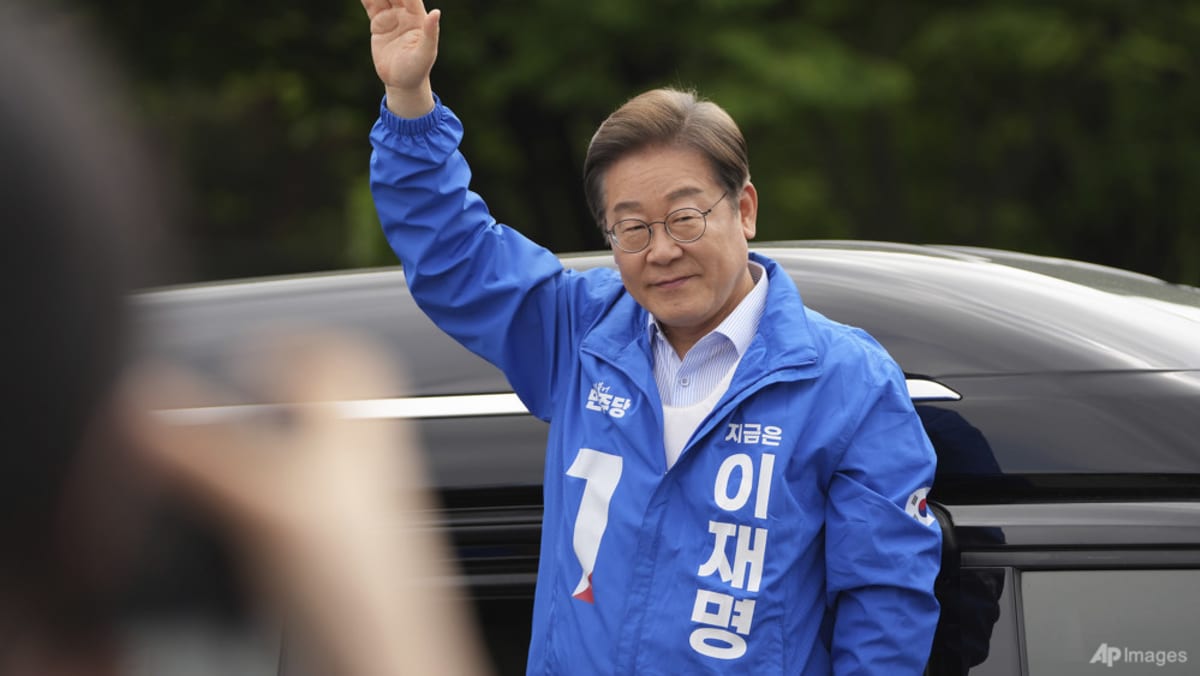




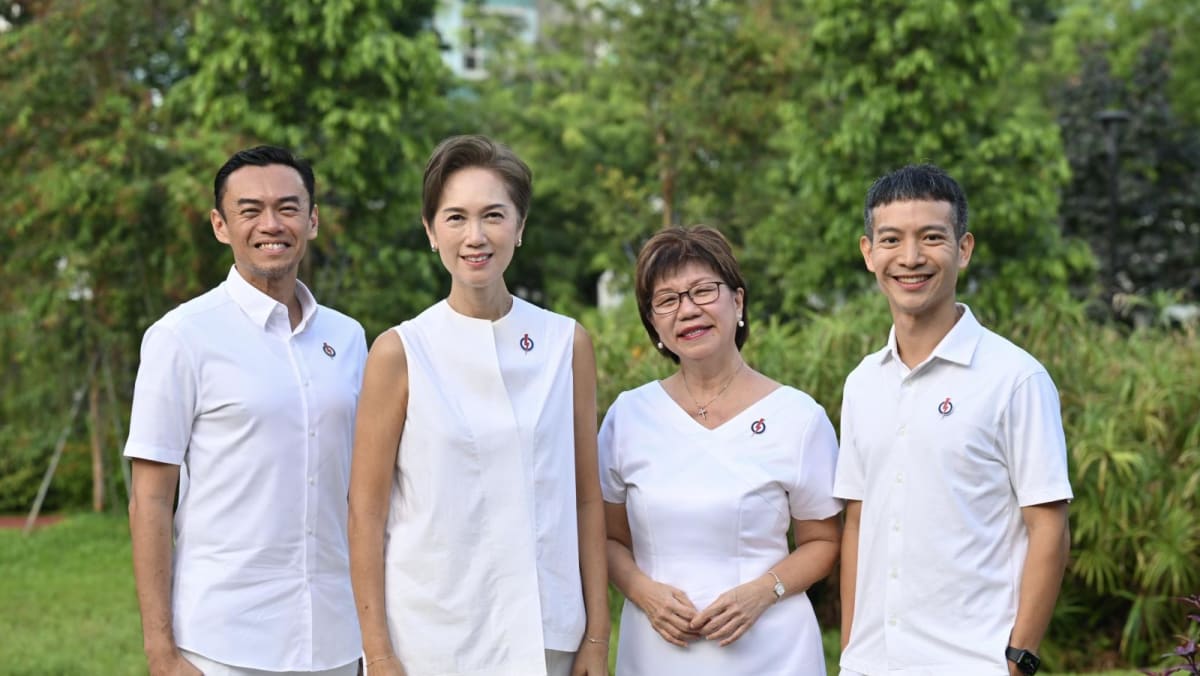

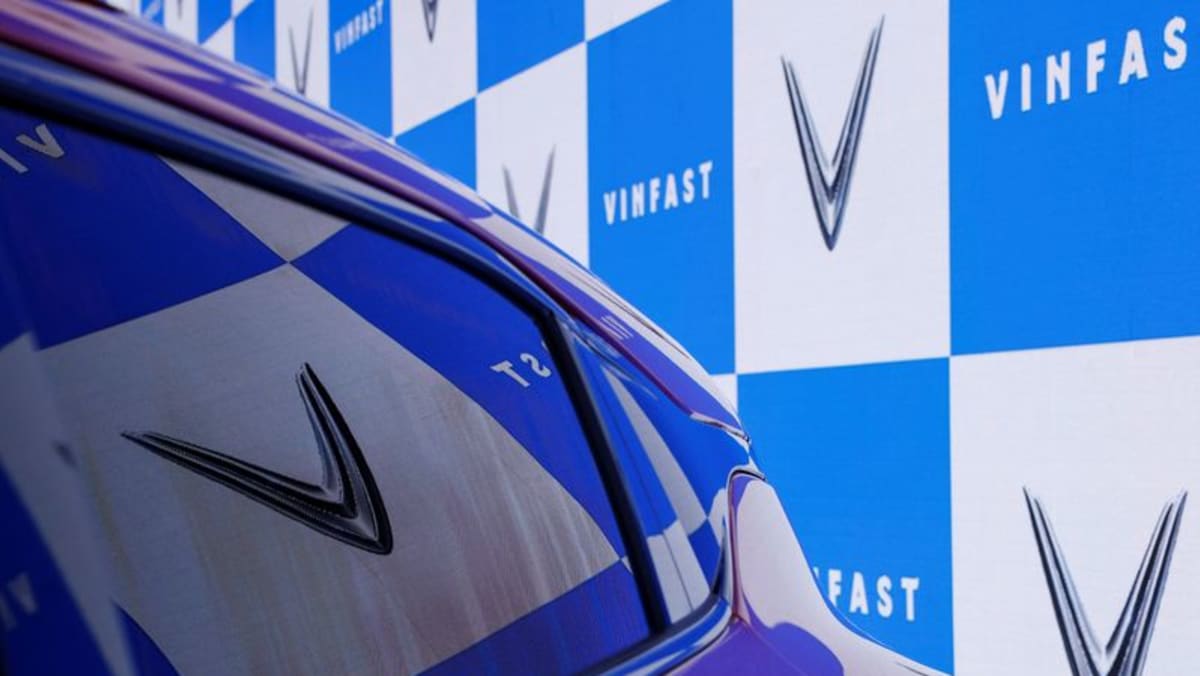

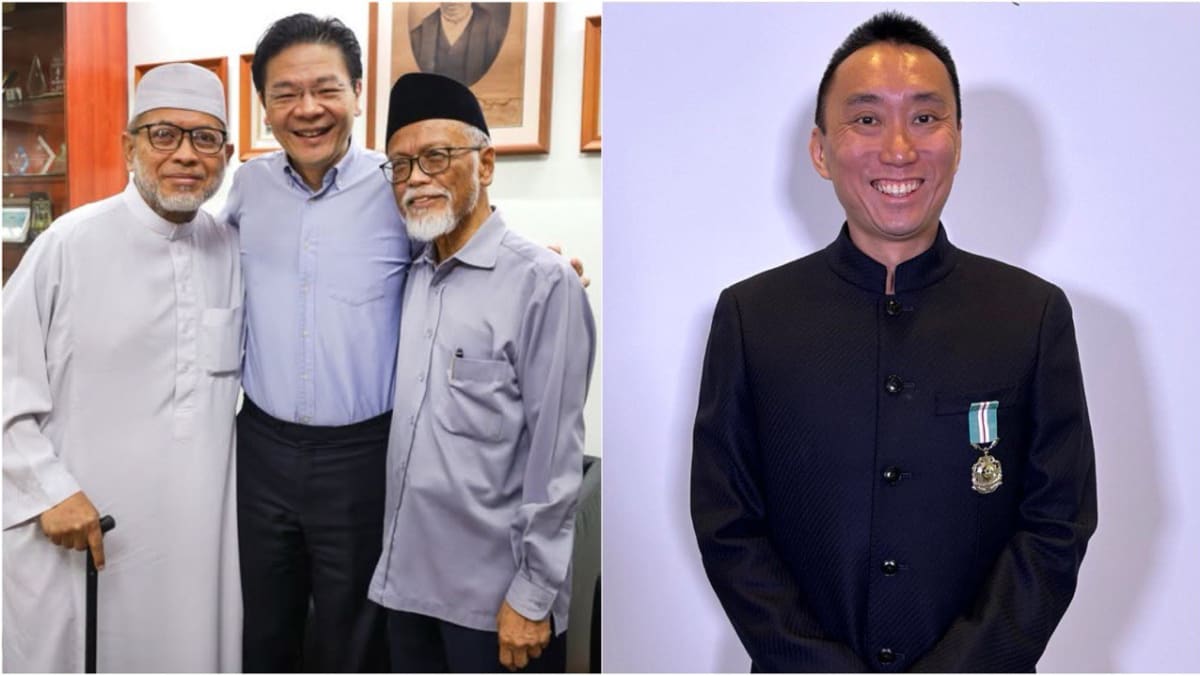

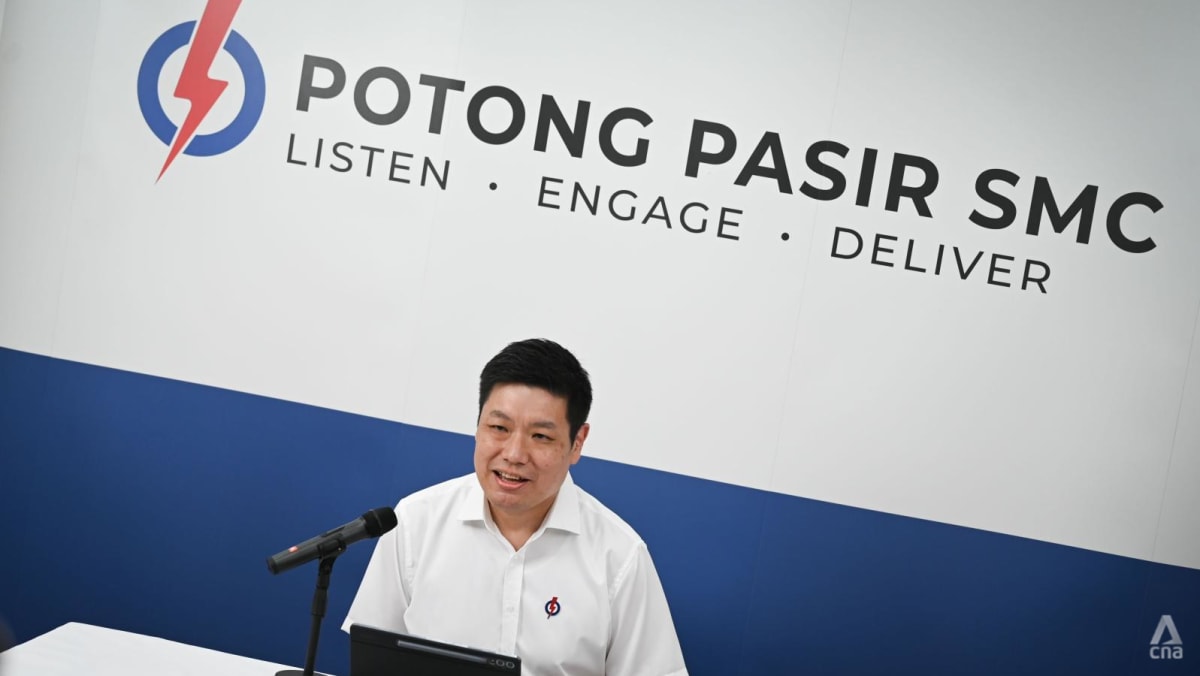
.png?itok=erLSagvf)

